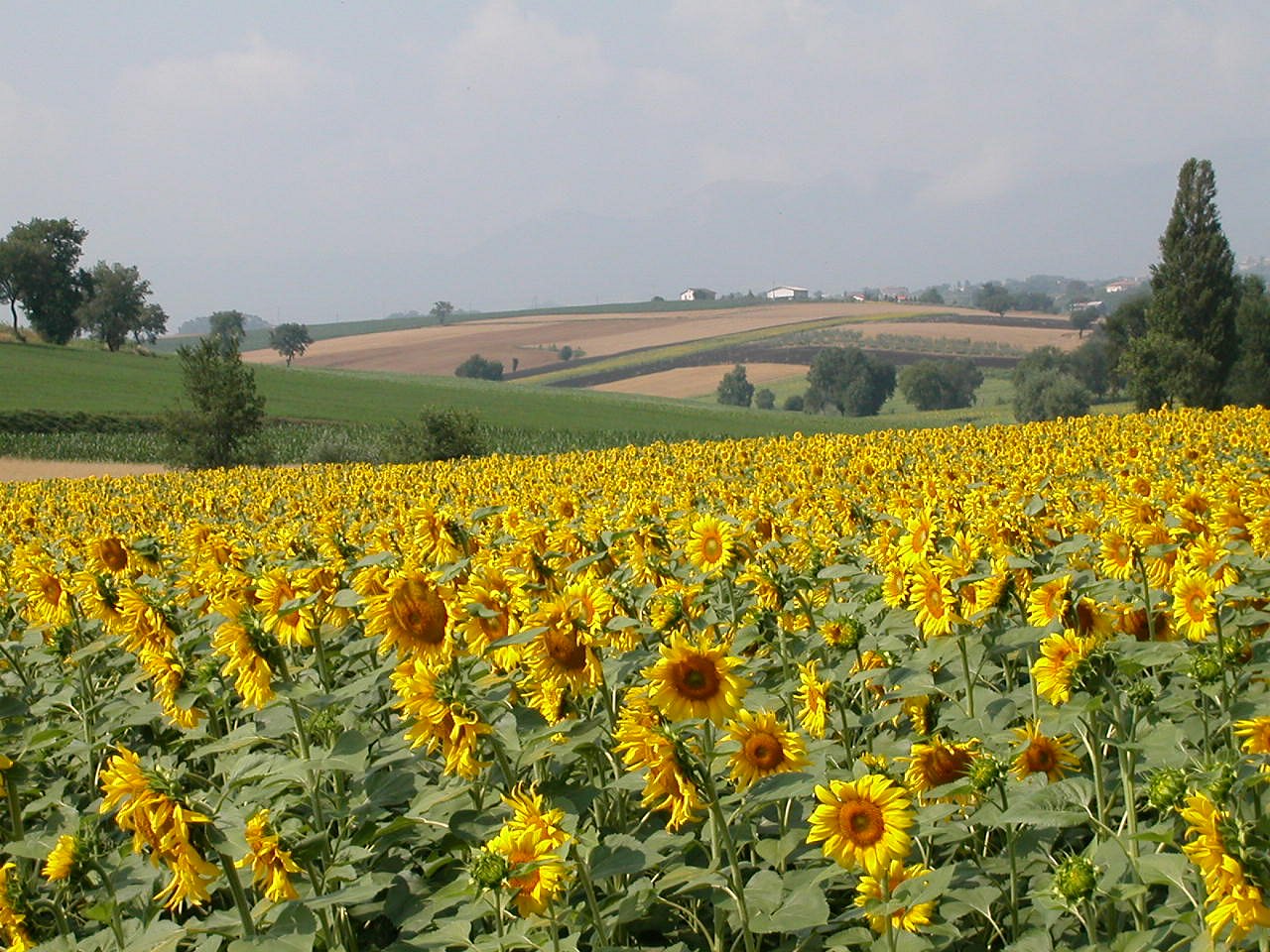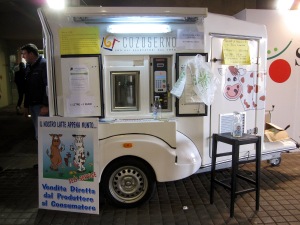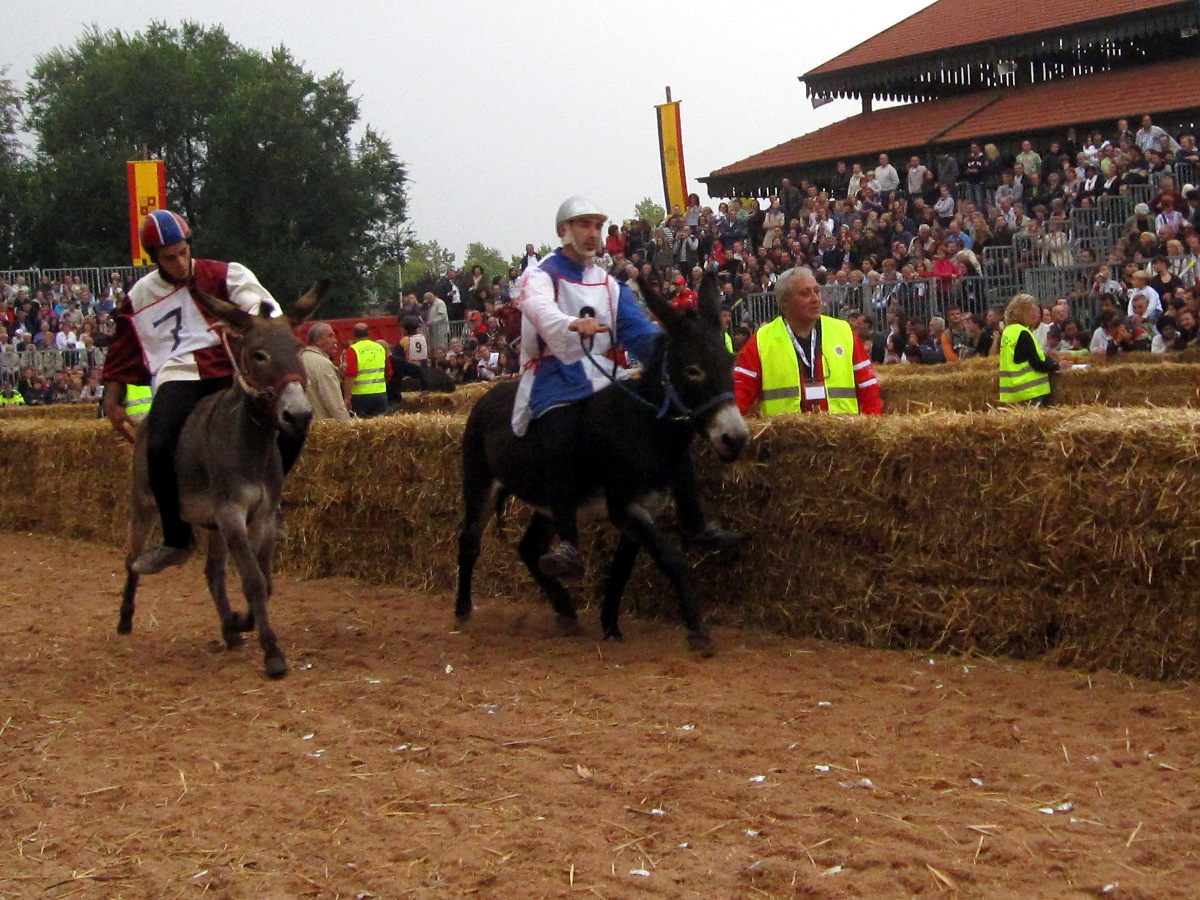I’ve been back in Italy for only a week, which means it’s time for another stage! For our last intranational trip, the Food Culture masters students are traveling to Emilia-Romagna, a region in northern Italy that is credited with having the country’s highest quality of life (and cost of living). Here you will find the grand Renaissance city of Bologna, home of the oldest university in the world, and the cities of Modena and Parma. These latter two are the namesakes of the world-renowned products Modena balsamic vinegar and Parma prosciutto. In addition, we will be exploring and tasting our way through culatello (ham aged in a bladder), salami, cotechino (boiled sausage) and pasta. Good thing there are no vegetarians among us.
Here’s a sample itinerary for Wednesday, Jan. 19th:
9:45 – Departure for Tortiano
11:00 – Arrival at Salumificio Ziveri. Lecture on the production process of Prosciutto di Parma, traceability of raw ingredients and certification process.
12:30 – Tasting lunch with prosciutto
14:00 – Departure for Correggio
15:00 – Visit the craft brewery Birrificio Dada
18:00 – Visit wine producer Bellei
19:30 – Dinner in Massa Finalese at Slow Food osteria Entrà
21:30 – Departure for Casalmaggiore, spend the night at Istituto Santa Chiara (a converted former convent)
Time to go pack my most ham-some attire.











